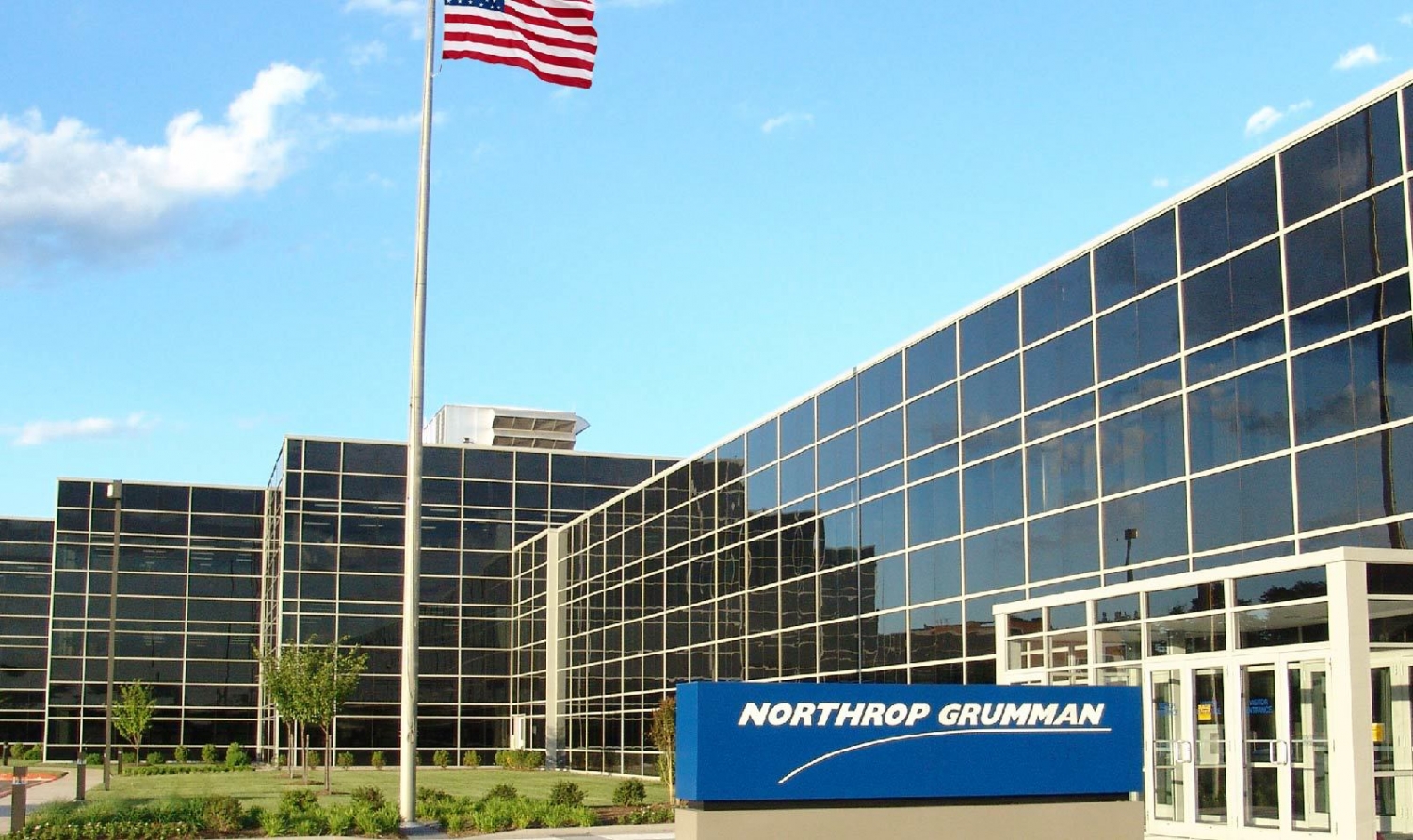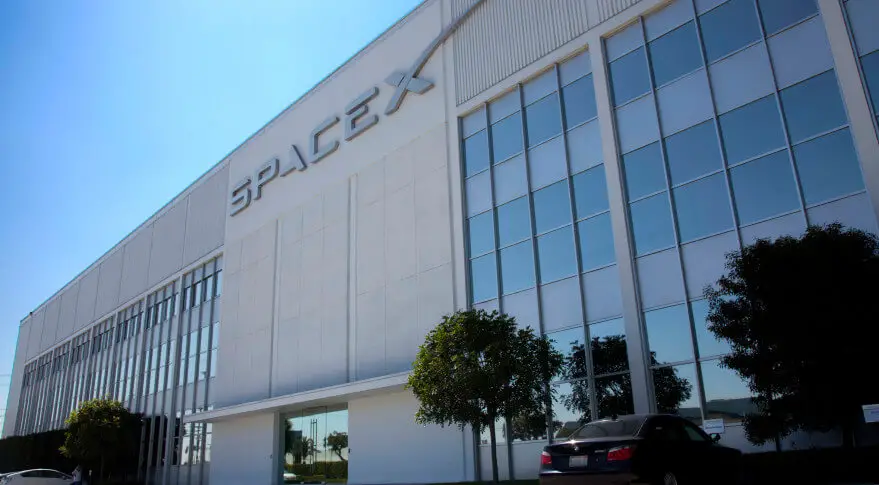NASA Mission and Vision Statements Analysis

NASA mission statement is to “drive advances in science, technology, aeronautics, and space exploration to enhance knowledge, education, innovation, economic vitality and stewardship of Earth.” The statement identifies the various activities and areas of focus that NASA specializes on to leave impacts on the lives of all the people. In addition, it emphasizes its role of protecting the Earth as an important part of the people that it serves. The mission statement by NASA relates to these main components:
- Advances science and technology
- Improves life
- Protects Earth
The primary role of establishing NASA was to lead in space science in the U.S and the world. The achievements of this organization show that it took this duty seriously having ushered in the era of understanding not only Earth but also space through its technology and engineering prowess. For instance, the 1960s saw a time when NASA successfully conducted a series of space exploration journeys. Since then, the company has continued to advance its knowledge of Earth and the space through its continued work. Such an understanding has been critical in the improvement of the lives of people as shown in the second component.
While there are complex NASA technologies in use today, some have a direct impact on the quality of life of the Americans such as those classified in the small business technology transfer. Moreover, there are several other ways through which NASA routinely benefits the citizens in different capacities such as timely prediction of calamities and weather patterns. These have been instrumental in the overall improvement of protective mechanisms of neighborhoods and the agricultural sector. Finally, the last component shows that NASA is tasked and remains committed to protecting the earth. The improved understanding of natural dynamics through space studies have given scientists an advantage in planning about environmentally sustainable programs.
Introduction
The National Aeronautics and Space Administration (NASA) is a U.S based space exploration agency. It is mandated by the federal government to undertake all space-related science and has been in operation since 1958. Dwight D. Eisenhower first came up with the concept of this organization, and it has since taken the space research to a new level having achieved tremendous milestones in the last few decades.
Apart from the civilian space program, NASA is also a major player in the aerospace and aeronautics research in the U.S. The company has demonstrated its leadership in how it has advanced research in this sector. In fact, this is exactly what its mission and vision statements are all about – leading in space science.
Technically, a vision statement is a declaration of the future achievements that a business wants to be known for. On the other hand, a mission statement identifies the strategic methods that would be applicable for the company to achieve the desired future. In this case analysis of NASA, the vision statement emphasizes on its duty of improving the lives of humans through its exploration efforts. Similarly, the mission statement of NASA considers the benefit the people gets from its work as the most important outcome.
In addition, it specifies the importance of positively impacting the life of the Americans. NASA also uses its core values to guide its developmental path and its progress towards the achievement of its mission and vision statements.
Vision Statements
NASA vision statement is “to discover and expand knowledge for the benefit of humanity.” The focus of this establishment revolves around scientific and technological research. NASA understands that the world is in an era of data and information. This explains why it currently uses very sophisticated systems to understand earth from space to find the most applicable ways of enriching the quality of life. The statement by NASA relates to these main points:
- Lead in discovery
- Expand the knowledge
- Benefit humanity
Evidence shows that NASA has been successful in satisfaction of the first component in this vision statement. The company prides of pioneering a wide range of discoveries such as the feasibility of life in other planets. Although this is futuristic, the most impactful discoveries comprise the ones that have an immediate and direct impact on the lives of people in the contemporary era. For instance, NASA led in the inventions of a cancer treatment program in the early 1970s.
In addition, during the same time period, the institution commenced its wind turbines experiments to showcase alternative sources of energy. These concepts have since been adopted and refined into groundbreaking inventions. By constantly being in search of new knowledge, NASA is recognized to have immensely contributed to the growth of scientific information. The outcome of all these activities is that they benefit humanity in numerous ways such as improved healthcare, food security, better engineering products and understanding of the universe.
Core Values
NASA core values comprise “safety, integrity, teamwork, and excellence.” These act as the principles that guide the overall operations at NASA. They have been critical in the success that this company has achieved so far. In fact, they are also the main influencers of the ambitions that this establishment has in addition to the mission and the vision statements.
NASA states that its work is more than normal and that it is a lifelong pursuit and a passion. The institution, therefore, emphasizes that all its workforce should be 100% committed to positively impacting on humanity by pursuing the vision and mission of this organization. Achieving such goals is only possible within an environment that supports and values all the stakeholders involved. This is what NASA does in all its facilities.
NASA also emphasizes on the need for doing the right things as driven by the needs of humanity. The institution achieves this aspect by promoting a sense of integrity within its work setting. Together with the cooperation and a spiting of excellence, NASA believes that it can continue being a major influential body in the technological and the scientific industry. By doing so, it satisfies its mandate of improving the quality of life of the people that it serves and the earth.
References
- Bart, C. (2004). Innovation, mission statements and learning. International Journal of Technology Management, 27(6), 544-561.
- Brătianu, C., & Bălănescu, G. V. (2008). Vision, mission and corporate values. A comparative analysis of the top 50 US companies. Management & Marketing, 3(3), 19-38.
- Brownlee, D. E., Tsou, P., Burnett, D. S., Clark, B., Hanner, M. S., Hörz, F., … & Sekanina, Z. (1997). The STARDUST mission: returning comet samples to Earth. Meteoritics and Planetary Science, 32(S4), A22.
- Cady, S. H., Wheeler, J. V., DeWolf, J., & Brodke, M. (2011). Mission, vision, and values: what do they say? Organization Development Journal, 29(1).
- Chun, R., & Davies, G. (2001). E-reputation: The role of mission and vision statements in positioning strategy. Journal of Brand Management, 8(4), 315-333.
- Collins, J. C., & Porras, J. I. (1991). Organizational vision and visionary organizations. California management review, 34(1), 30-52.
- Desmidt, S., & Heene, A. (2003, September). Mission statements: in search for ameliorated performance through organisation–employee value congruence. In First workshop of the EGPA Study Group on Ethics and Integrity of Governance.
- Ingenhoff, D., & Fuhrer, T. (2010). Positioning and differentiation by using brand personality attribute: Do mission and vision statements contribute to building a unique corporate identity? Corporate Communications: An International Journal, 15(1), 83-101.
- Mirvis, P., Googins, B., & Kinnicutt, S. (2010). Vision, mission, values. Organizational Dynamics, 39(4), 316.
- NASA – About.
- Naile, I., & Selesho, J. M. (2014). The role of leadership in employee motivation. Mediterranean Journal of Social Sciences, 5(3), 175.
- Pearce II, J. A. (1982). The company mission as a strategic tool. Sloan Management Review (pre-1986), 23(3), 15.
- Wartnaby, D. (2014). Organisational philosophies: mission, vision and values statements-introductory thoughts. Jubilee Centre for Character and Virtues: Insight Series.












